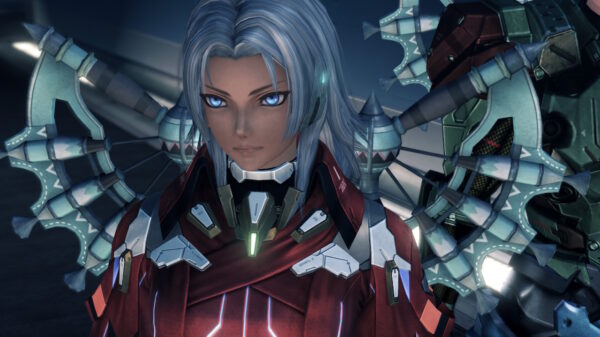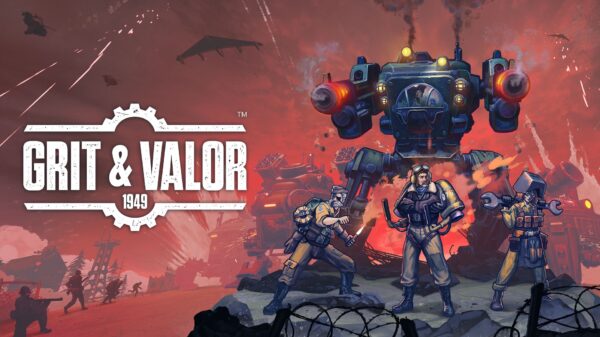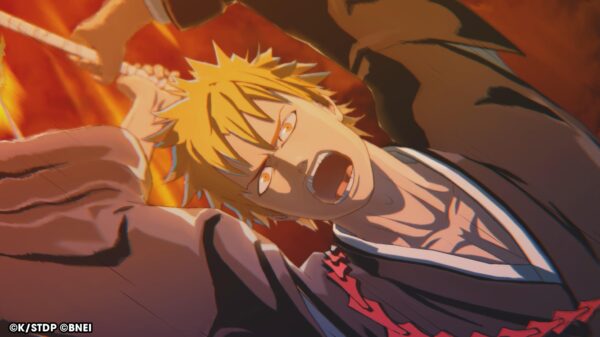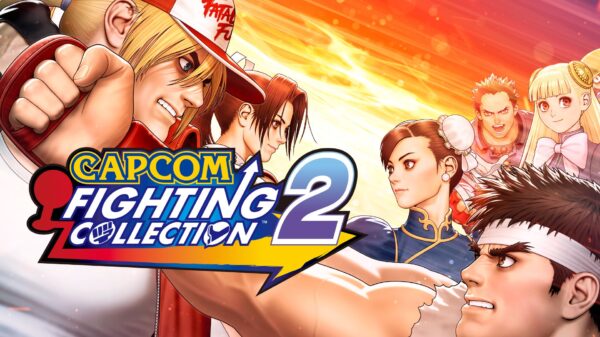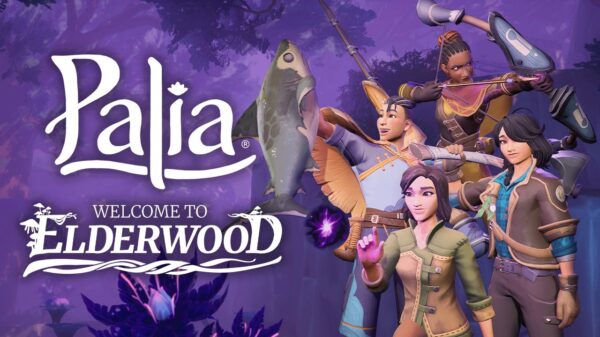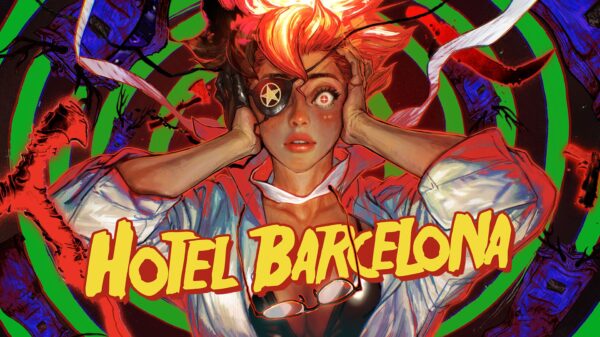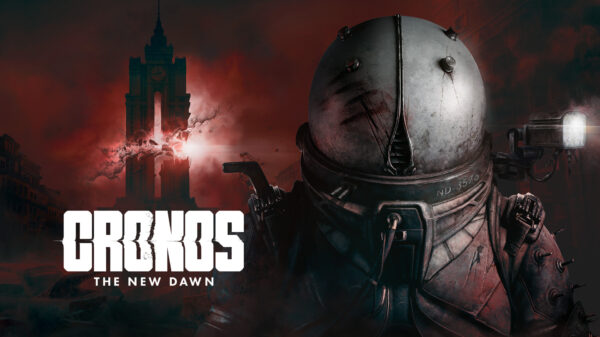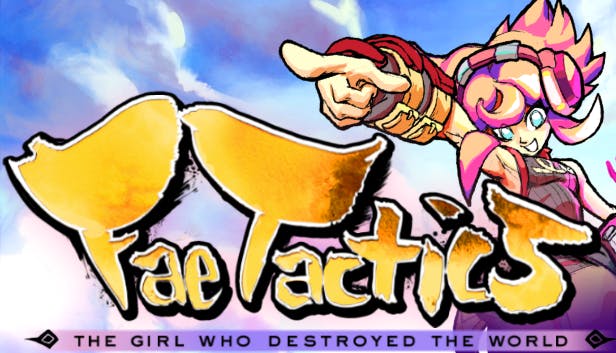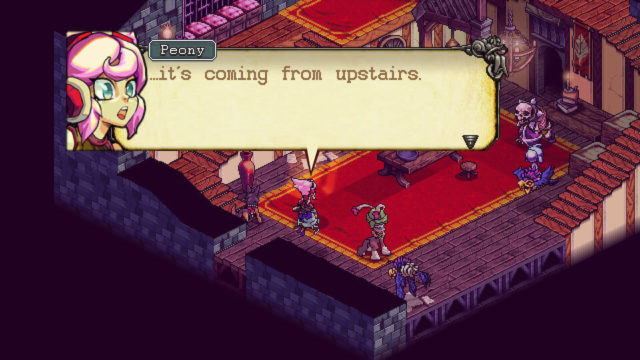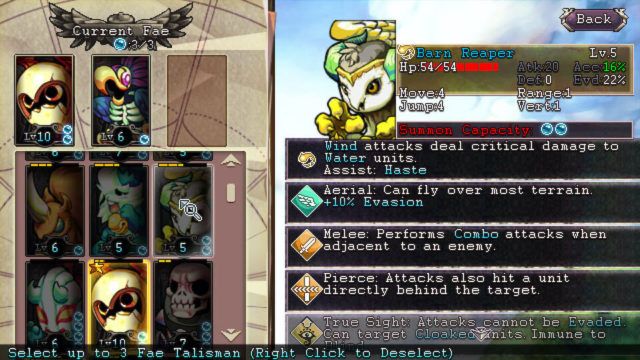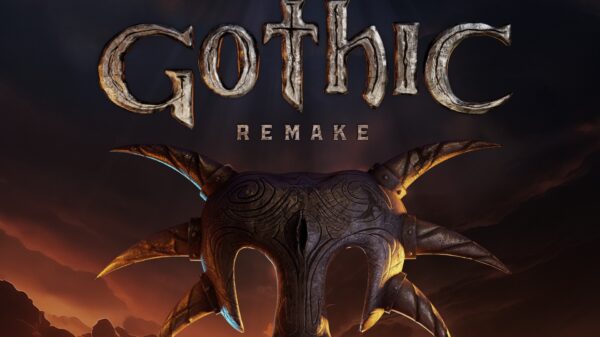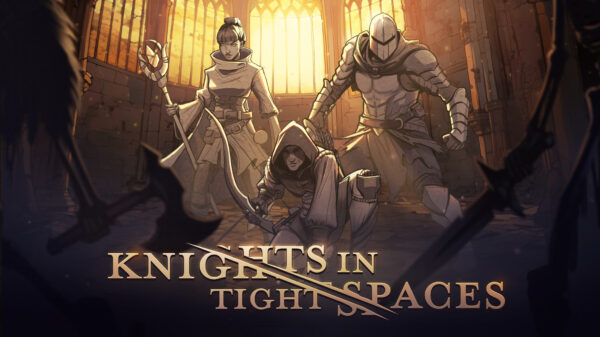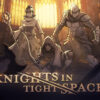Sometimes you don’t take a game seriously because of its looks. Fae Tactics could easily be one of those. You see it’s made in GameMaker and it’s got cutesy, anime-style art, and maybe you write it off because it’s not grim-faced scowling men with muscles the size of hams toting assault guns normally carried on helicopters.
Fae Tactics
Developer: Endlessfluff Games
Price: $20 USD
Platform: PC via Humble Store
MonsterVine was supplied with PC code for review
But if you actually give it a chance and play Fae Tactics, you’re going to get a few fights in and it’s going to kick your ass, because it’s actually a smart little tactics game taking into account things like facing, terrain, element types, and other things normally found in more deadly serious games. Moreover, you can do things like set up combo attacks, figure out cool tactics, and counter attacks the way you would in something like Final Fantasy Tactics without lowering yourself to buying a console.
So a long time ago, the world of magic was separated from the mundane world by Elemental Gates. I’m sure you’ll be shocked to find out that one day, the seal broke, and fae creatures came flooding in, bad things happened, people died, a total mess all around. Naturally, there’s a little bit of conflict there.
All that’s churning away in the background. The beginning is simple: you start as a girl named Peony, off on a trek to fix her motorcycle and investigate her missing mother, accompanied by her dog and her…uh…weird bird thing.
Fae Tactics eases you in with simple battles, as if you’ve never played a turn-based tactics game before, and things gradually scale and get more complex as you’re able to take them on. Every character has an initiative value determining when they go in combat and everyone has an element associated with them. As you may expect, elements are weak to other elements and strong against other elements. Water beats fire, but fire beats ice, so on and so forth.
The actual combat gets fairly complex, accounting for things like turn order, unit facing, the elements, unit closeness (you have to violate social distancing to pull off a combo), and things like map gimmicks. Sometimes there’s cover to hide behind! Sometimes the enemies have set traps! Sometimes there’s a gimmick to getting around on the map.
If there’s a downside, it’s that managing the actual characters isn’t that complex. Every character has a weapon and a scroll. Scrolls have a variety of bonuses tied to them, like more HP or the ability to move further. Weapons hit harder, but can also change the element a character is associated with.
Every character has three traits: Offense, defense, and utility, and they get a point when they level up that can be assigned to one of those categories. Easy enough, but there’s not the armor and gear management you usually find in these, and there’s not many agonizing decisions to make. (There’s also not the loot and item drops you usually see, either). Likewise, there aren’t many skills to worry about either. Progression just isn’t that interesting.
The other big gimmick is talismans. These are little doodads allowing you to summon creatures at the start of the battle. They work just like the regular characters but don’t get equipment and you can’t futz with them as much. They also provide a way to improve on your team’s kit. For example, you may have an offensively-focused team of regulars, then build a summon team of support and defense-type characters, or vice versa.
Rounding out the combat, there are cooking and crafting mini-games and some light grinding for those components as well as additional summons. It’s…fine. Not especially inspiring, but it’s okay.
Unfortunately, the AI isn’t all that bright. Enemies can be tough, but they’re not tricky, it’s usually about their number of hitpoints. Normally they hang out until you’re close by, toss buffs, and wait for you to get close…UNLESS it’s your friendly units, the ones you don’t control, then they go charging off like Sir Lancelot in Monty Python and the Holy Grail and get themselves killed. And, of course, there are protection missions. They’re as bad as they always are and even worse with a suicidal and homicidal AI. Another big selling point is it being menuless, and it’s true that there are no menus. However, that means it’s hard to find and access information in combat and still hard to find and access it when you do get menus. Menus: not always bad.
In sum, it’s fun if you like extremely streamlined tactics RPGs or if you need to introduce someone to the genre. It’s pretty impressive for a GameMaker game, even. But if you enjoy futzing with your builds and loadout or agonizing over which skill to use, there’s not a lot there for you. Maybe play it on a night off from endless XCOM: The Long War sessions?
 The Final Word
The Final Word
Fun combat and colorful world, but not a lot of depth outside that.
– MonsterVine Rating: 3 out of 5 – Average


